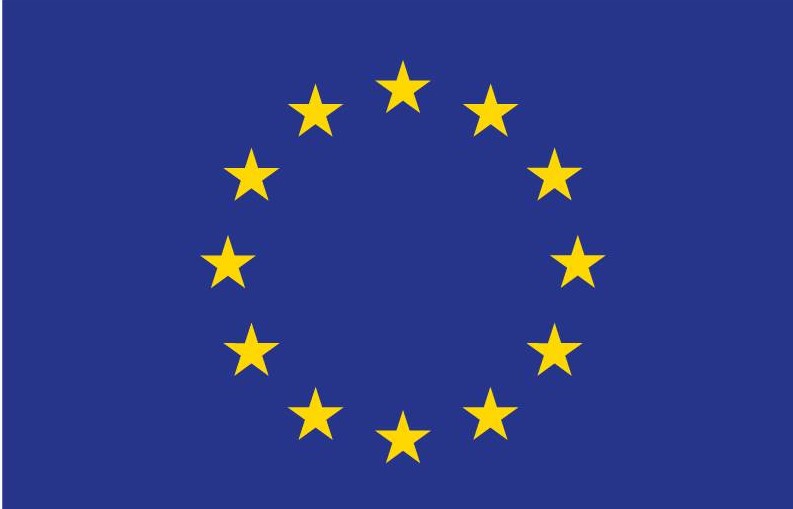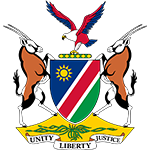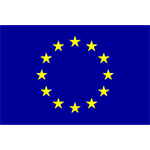Participatory democracy
EPDN’s understanding of Participatory democracy
We understand participatory democracy as being primarily concerned with ensuring that citizens have the opportunity to be involved in decision-making on matters that affect their lives either directly or indirectly. This implies an active empowerment of citizens by their governments to contribute to policy decision-making, with a focus on encouraging them to broadly participate in the policy cycle. Participatory democracy is often considered the best way to involve the public in formulating and implementing proposals in any government; local or national.

Our understanding of policy is as an intended course of action to be followed by an actor or set of actors’. This goes beyond documents or legislation to include activities on the ground. It also includes changes in the behaviors of the key policy actors
Why participatory democracy?
Advocates of participatory democracy believe that giving the citizens the opportunity to contribute to policy decision-making results in better democratic results and solutions. This supports the development of a just and stable society.
1.Many differing versions of the policy cycle have been formulated. One six- step characterization is:
1. Agenda setting
2. Policy formulation
3. Policy adoption
4. Implementation
5. Evaluation
6. Support – Maintenance
2. Policy Engagement: How civil society can be more effective - ODI Toolkits - Toolkits
Forms and methods of participatory democracy
There are many forms and methods of participatory democracy and they evolve over time with ever changing societies. These methods are for example referendums (Organized by the Government), citizen’s initiatives e.g. to refurbish a law or petitioning their representatives or other governing authorities, or participatory budgeting and social accountability monitoring, hearings with constituencies (organized by Parliament) . Hereby ordinary people are encourage to decide how to allocate part of a municipal or public budget through a process of democratic deliberation and decision-making. This allows citizens or residents of a locality to identify, discuss, and prioritize public spending projects, and gives them the power to make real decisions about how money is spent.
Useful Links

The Namibian Parliament, in partnership with the EU-funded Enhancing Participatory Democracy in Namibia (EPDN) Programme is seeking to increase public engagement and participation of civil society and the general public in the work of Parliament.
OUR PARTNERS
© Copyright EPDN




